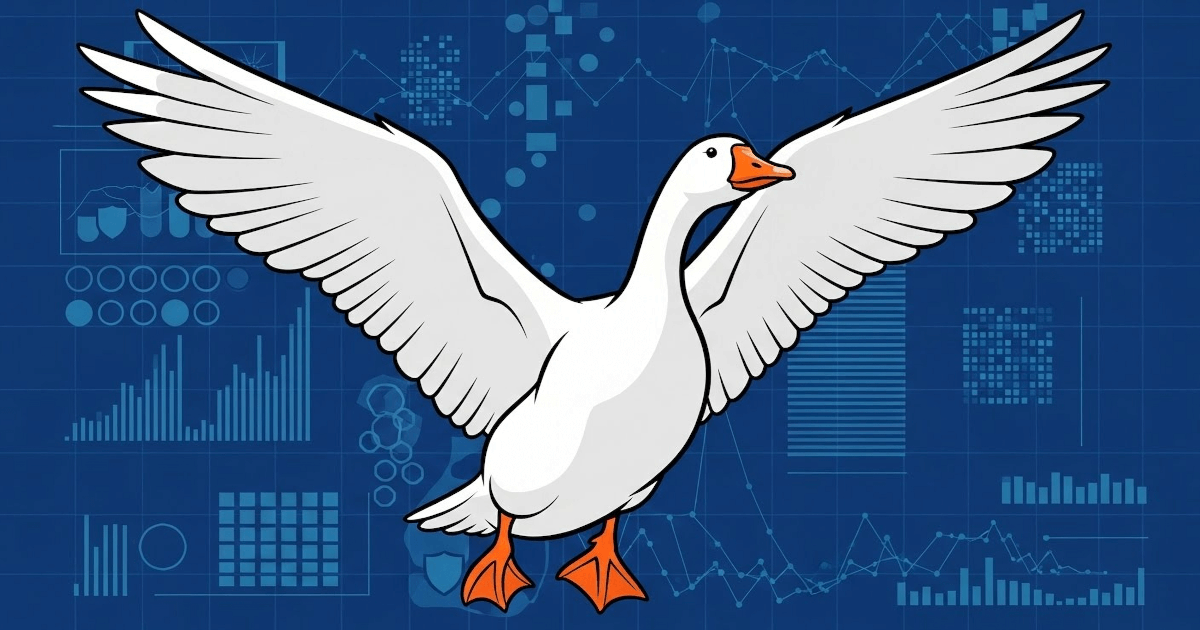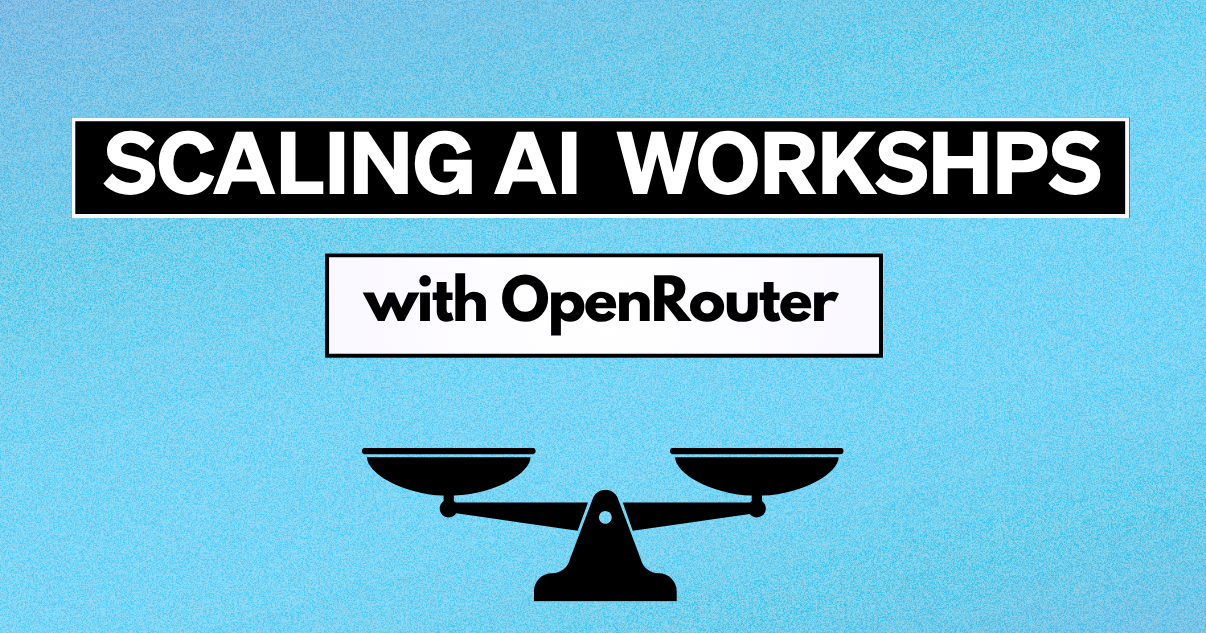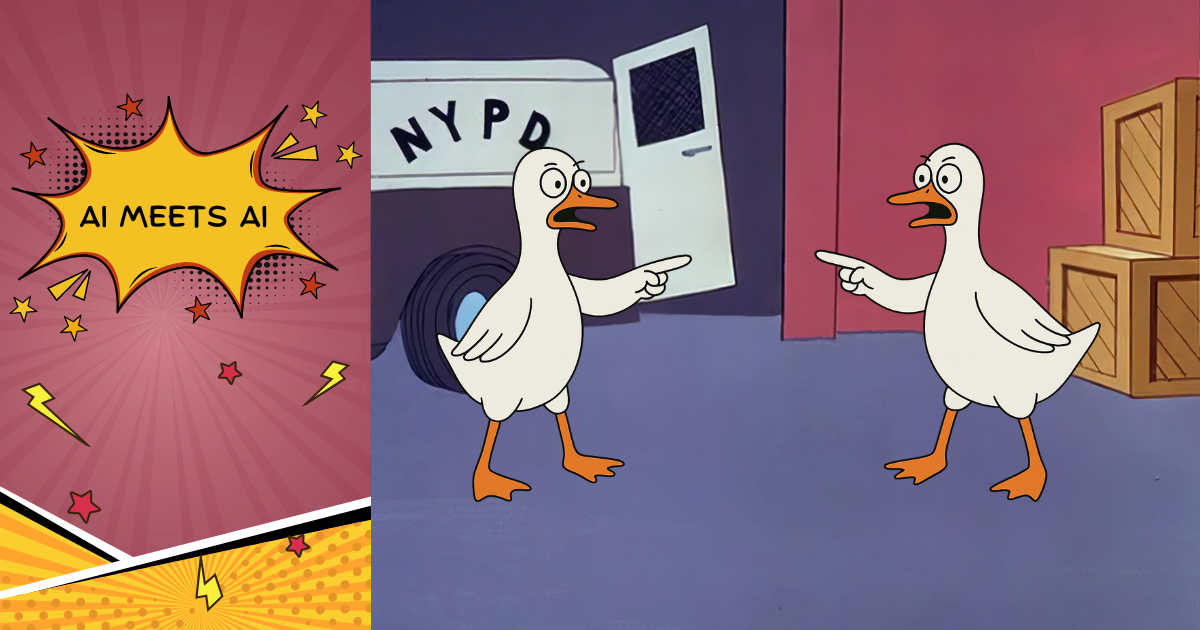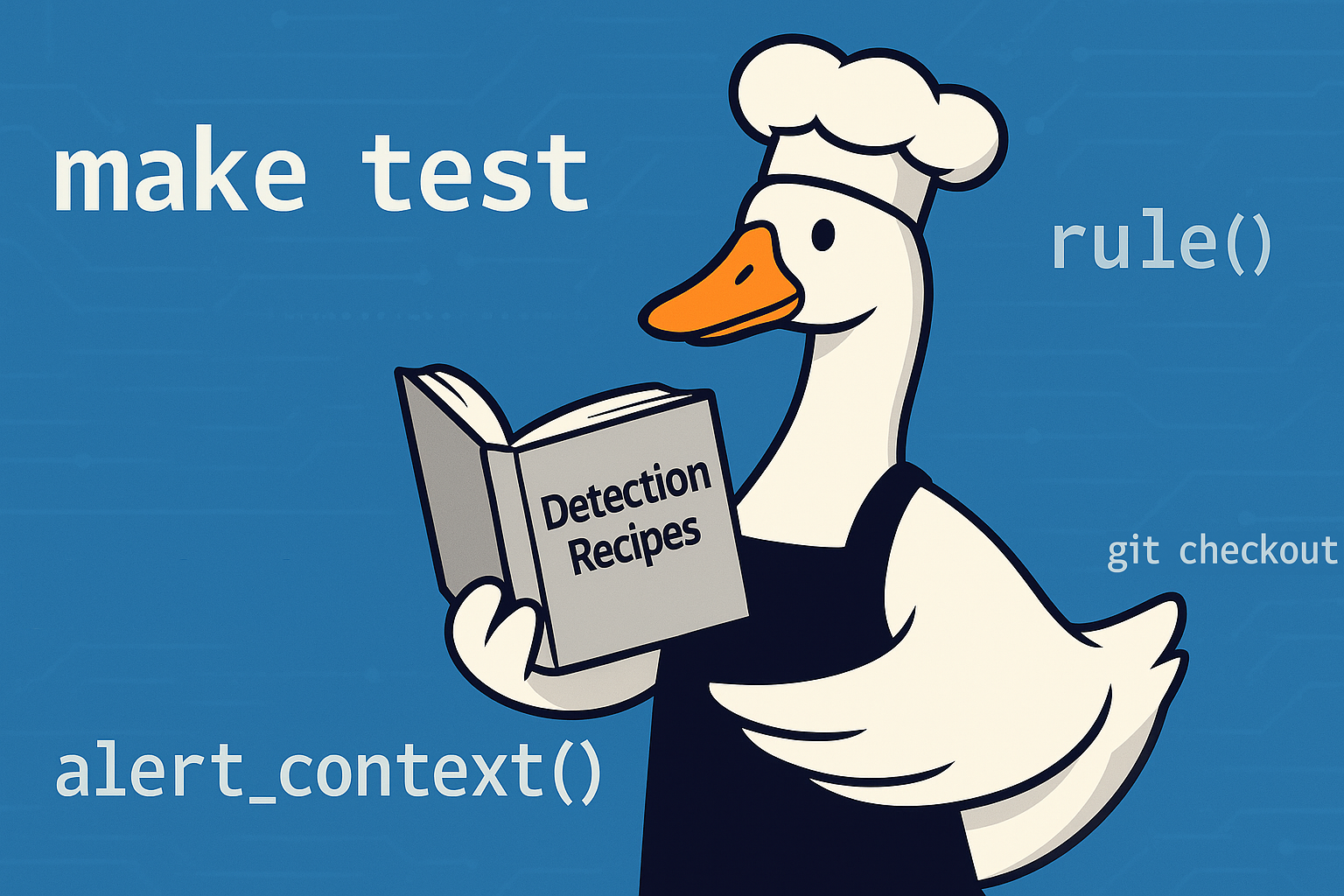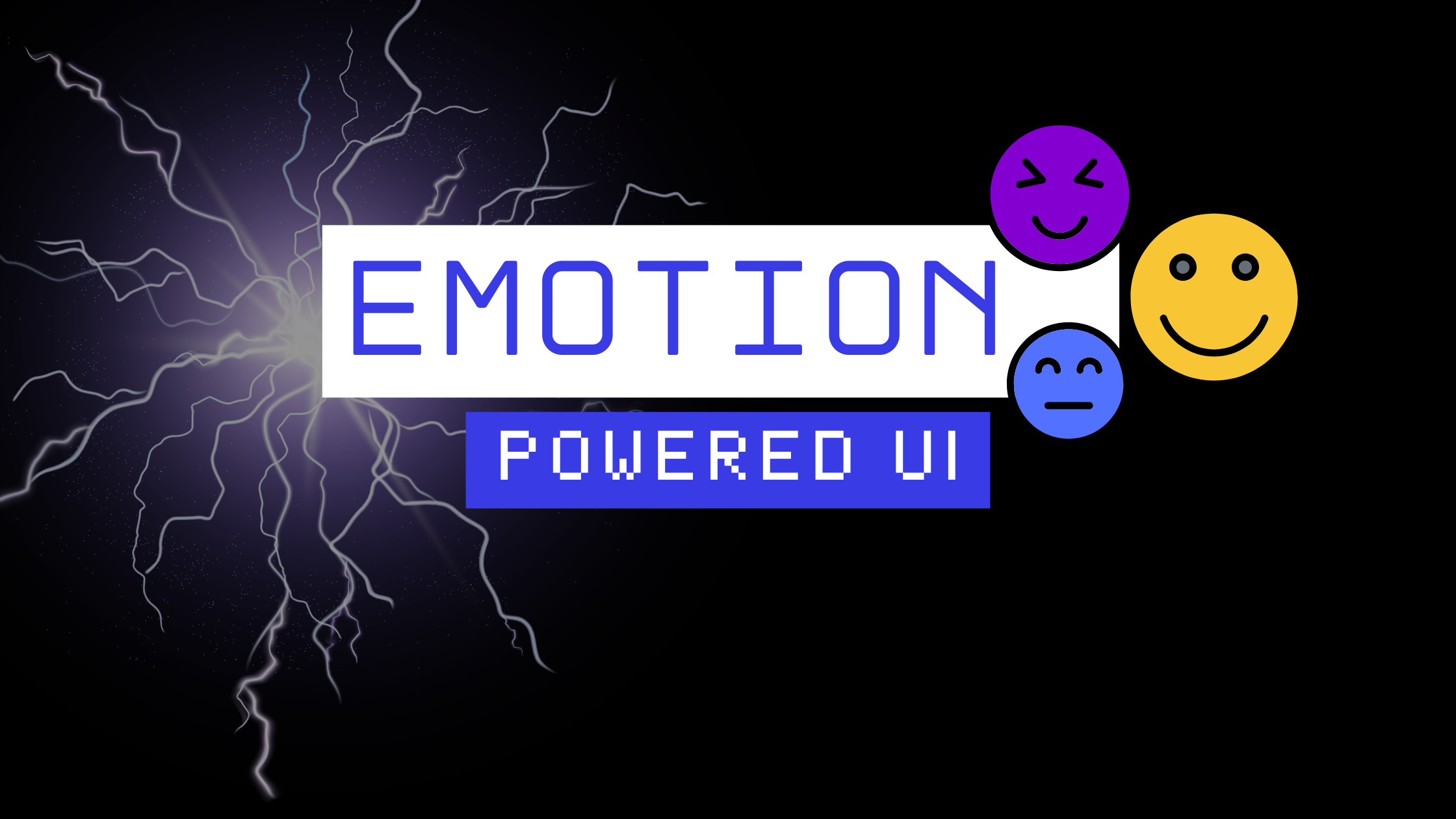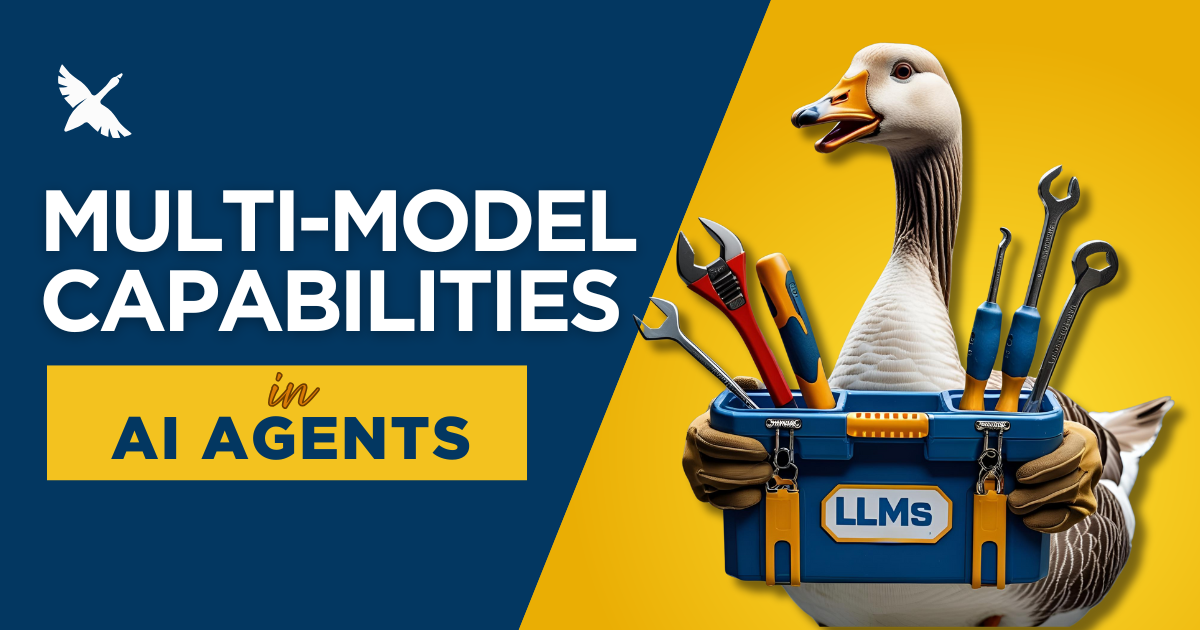How 7 AI Agents Worked Together to Build an App in One Hour
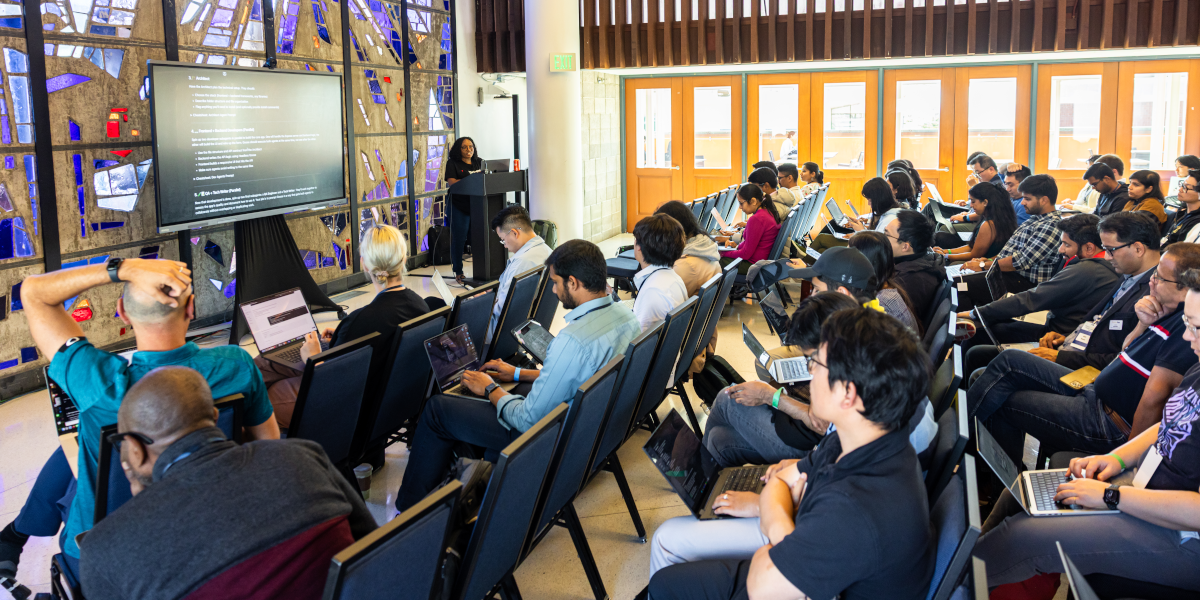
What if I told you that you could build a complete, working web application in under an hour using nothing but AI agents? Not just a simple "Hello World" app, but a full-stack application with a backend API, responsive frontend, unit tests, and documentation?
That's exactly what we accomplished during the Vibe Coding workshop at Berkeley's Agentic AI Summit, where I demonstrated how to use Goose's subagent orchestration to spin up an entire development team of AI agents. Each agent took on a specific role - from product planning to QA testing - and worked together to build "AI BriefMe", a web app that generates executive style briefings on any topic.
